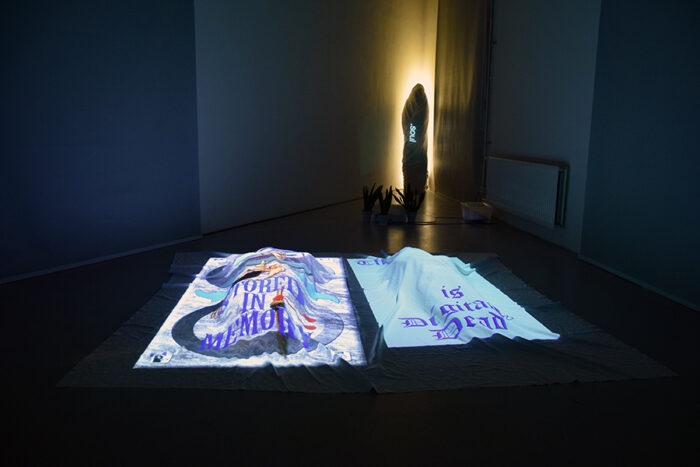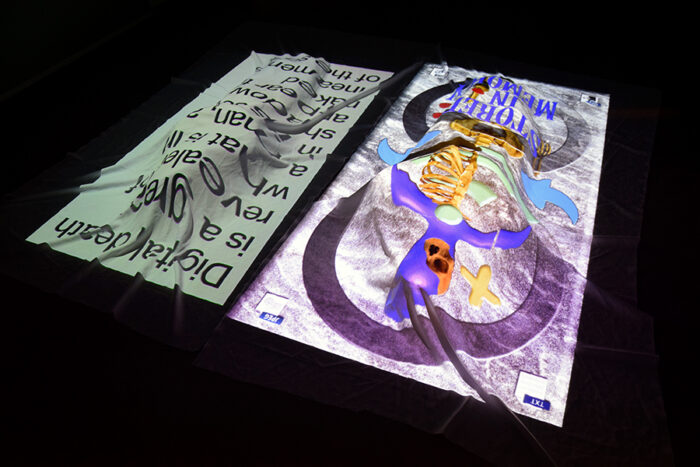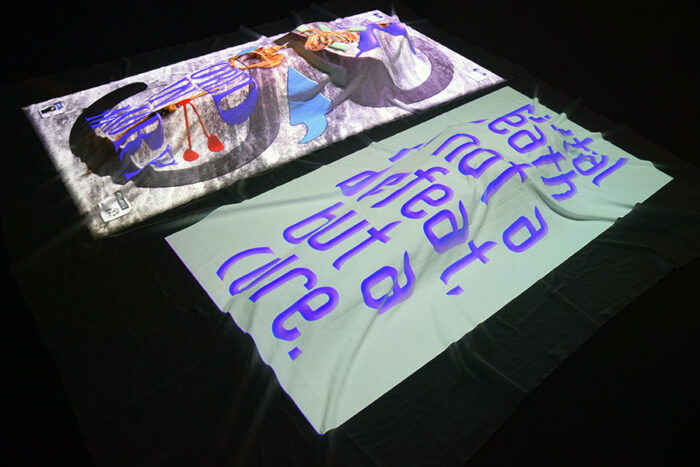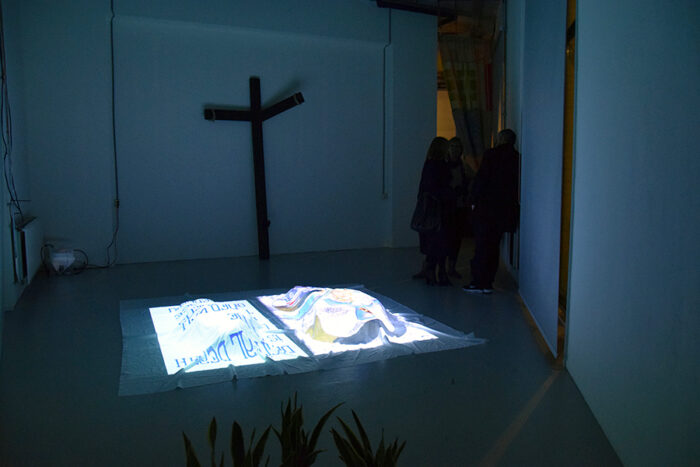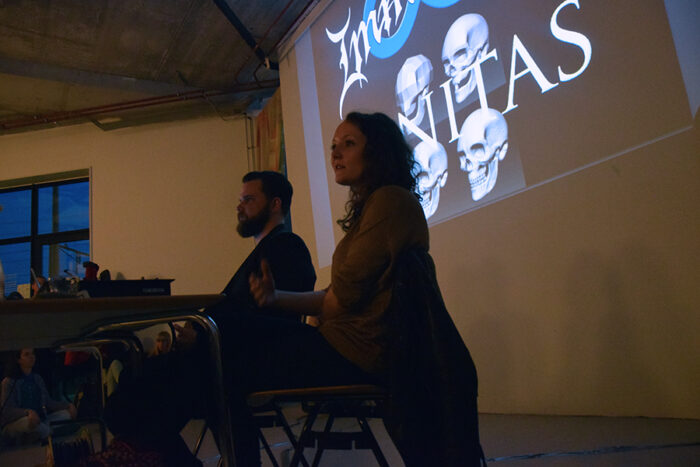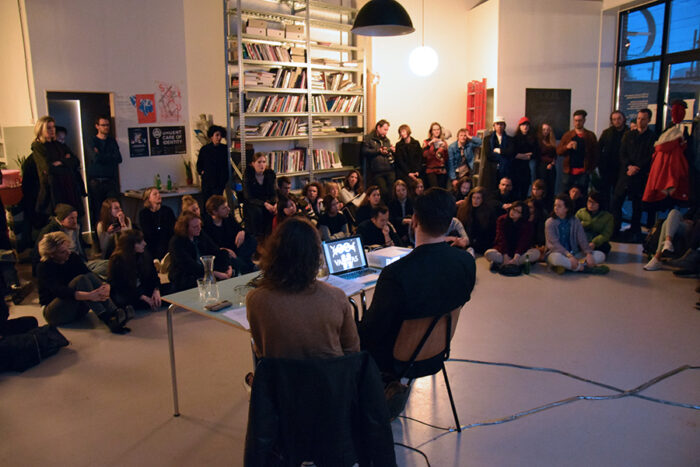In collaboration with Emily West, PhD Medicine, we started the collective DigitalDeathDrive and organized our first symposium entitled Digital Death and the Post-Mortem Self, 3rd-5th of April, 2015.
As the structure of families and local networks changes and becomes more geographically disparate, the structure of death and mourning must necessarily shift. The Western cemetery model provided a uniform and systematic means of public memorialisation, but there has always been demand for an alternative and more personal means of remembrance for the dead. The control of post-mortem identity is becoming further dissipated through global technology, and recent shifts toward user-generated content means that the post-mortem lives of the deceased can become fractured and multiple. Increasingly, we can take control of our digital selves and digital afterlives. The number of public figures who utilise social networks as a source of revenue in return for prominently featuring sponsored products has raised questions on whether death need still signal the end of lucrative commercial relationships. Are some digital lives now too valuable to stop when hearts stop beating? Our digital selves have the potential to die discrete deaths, long before or after our bodies cease to be. Increasingly, this calls for designers and architects (both digital and physical) to explore the notion of the continuing self when considering environments for death and memorialisation – to link the physical end of life with a digital continuation.
